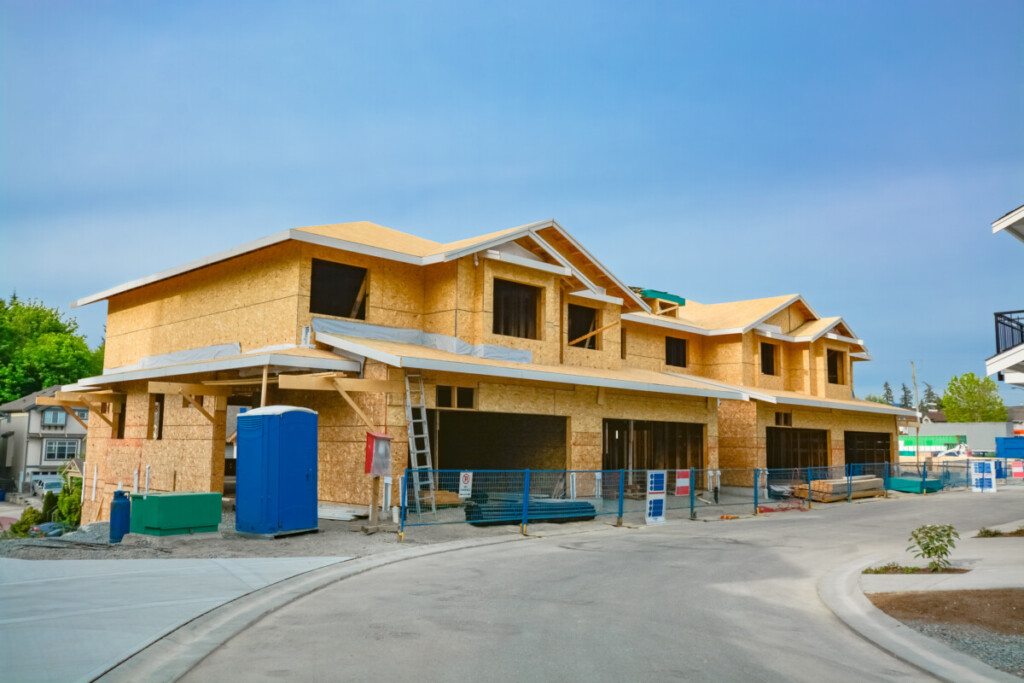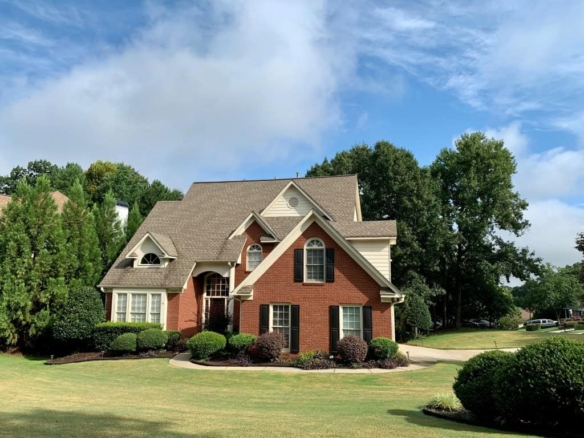
Life doesn’t always go according to plan, and sometimes that dream renovation project or new construction becomes more of a burden than a blessing. Whether you’ve run out of funds midway through a remodel, inherited a half-finished property, or faced unexpected life changes, you’re not alone. Thousands of homeowners find themselves needing to sell an unfinished house each year. With the right approach, knowledge, and strategy, you can successfully navigate the sale and move forward.
Understanding what “unfinished” really means
At its simplest, an unfinished house isn’t move-in ready. Essential components like functional plumbing, finished flooring, complete electrical systems, or even basic drywall may be missing. The spectrum of “unfinished” is surprisingly wide.
On the more unfinished end, you have shell homes with completed exteriors but bare interiors. These properties have walls, roofs, windows, and doors installed, but everything inside remains undone.
Framed houses represent another category, where the structural skeleton exists but lacks walls, insulation, and all finishing touches.
Dry-in homes are weatherproofed against the elements with roofing and windows secured, yet the interior work remains incomplete.
Partially renovated properties where homeowners started updates but couldn’t finish are the most common type of unfinished home. One room might be beautifully remodeled, while others remain gutted or outdated.
The key distinction here is between unfinished new construction and abandoned renovations. New construction projects that stalled typically have clearer documentation and permits, while renovation projects may have unpermitted work or hidden issues from the previous state of the home.
Why homeowners end up selling unfinished properties
Understanding why properties end up unfinished helps frame realistic expectations. The most common reason is financial constraints and related issues. According to renofi.com, 1 in 3 renovations go over budget. When unexpected issues arise — like discovering faulty wiring or structural problems — budgets can spiral out of control. Many homeowners simply run out of money before crossing the finish line.
Contractor problems create another common scenario. Disputes over payment, missed deadlines, poor workmanship, or contractors who abandon projects mid-stream leave homeowners in difficult positions. Finding replacement contractors who’ll take over someone else’s work proves challenging and expensive.
Unexpected life events can also derail projects. Divorce, job loss, sudden relocations, or health crises can transform a home improvement project from exciting to overwhelming overnight.
Inherited properties frequently fall into this category too. Heirs may lack the time, expertise, or financial resources to complete renovations their loved ones started.
Finally, design errors and permitting issues can halt progress. Discovering that planned work doesn’t meet code requirements or that previous work was done without proper permits creates legal and financial headaches that convince owners to sell rather than resolve the issue themselves.
The unique challenges of selling an unfinished house
Conventional lending may not be available for homes that are not finished
Selling an unfinished house isn’t like selling a traditional property. Unfortunately, many conventional mortgages can’t be used to purchase a property that isn’t move-in ready. This means your buyer pool shrinks. Banks require properties to meet minimum safety and livability standards, which unfinished homes typically don’t. This reality means you’ll primarily attract cash buyers or those with access to specialized construction loans.
Property values may be lower than expected
Property valuations present another hurdle. Appraisers struggle to determine fair market value when there are few comparable sales of similarly unfinished properties. Buyers naturally factor in completion costs when making offers, often discounting heavily to account for both the expense and the risk of unknown problems. What you thought might sell for $300,000 if finished might only fetch $200,000 in its current state.
Overcoming negative stigma around unfinished properties
Negative perceptions plague unfinished properties. Potential buyers wonder why the work stopped. Was there a major problem discovered? Are there hidden structural issues? Even when the reasons are perfectly innocent, that cloud of suspicion affects both buyer interest and offer amounts.
Prepare for a longer time on market
The time on market extends considerably when selling an unfinished house. While move-in-ready homes in good markets might sell within weeks, unfinished properties often linger for months. Each passing week reinforces buyer concerns and may force you to reduce your asking price further.
Legal and compliance considerations you can’t ignore
Before listing your unfinished property, address the legal and permitting situation.
Building codes exist for safety reasons, and buyers need assurance that completed work meets these standards. If renovations or construction occurred without proper permits, disclose this information upfront. Attempting to hide unpermitted work creates legal liability and can derail sales when discovered during inspections.
Gather all available documentation
This paper trail demonstrates that work followed proper procedures and helps buyers understand what’s been completed. If you’re missing permit records, contact your local municipal building department. Some areas allow you to request these documents through Freedom of Information Act (FOIA) requests. You should gather the following information:
- Original building plans
- Permit records
- Inspection reports
- Contractor invoices
- Receipts for materials
Disclosure requirements vary by state, but sellers typically must reveal all known defects, incomplete work, and any failed inspections.
Transparency isn’t just ethical — it’s legally required. Working with a real estate attorney familiar with local requirements can help you navigate these obligations properly.
Preparing your unfinished property for sale
Even though your house is unfinished, presentation still matters.
Clean up the property so it’s as tidy as possible
Start by cleaning up construction debris, removing hazardous materials, and securing any dangerous areas like exposed wiring or unstable structures. A tidy construction site looks more professional and suggests the project was managed carefully.
Organize all your documentation into a folder or binder
Include permits, invoices, contractor agreements, architectural plans, and any warranties on materials or completed work. This organized approach builds buyer confidence and answers questions before they’re asked.
Address basic safety and security concerns
Ensure all entry points lock properly, cover exposed nails or sharp edges, and post clear signage if areas are unsafe. These minimal investments protect both you from liability and potential buyers during showings.
Consider minor curb appeal improvements
Even unfinished homes benefit from mowed lawns, trimmed hedges, and clean exteriors. First impressions matter. An unkempt exterior may make buyers suspect owner neglect, even if that isn’t the case.
Strategic pricing and valuation for unfinished houses
Pricing an unfinished house requires a delicate balance. Set the price too high, and you’ll scare away the limited pool of potential buyers. If you set the price too low, you leave money on the table.
Start by hiring a professional appraiser experienced with unique properties.
They can assess the current state, estimate completion costs, and provide a realistic market value.
Calculate what buyers will need to invest to finish the property.
Get quotes from contractors for remaining work, including materials and labor. Buyers want to understand their total investment, and providing these estimates demonstrates transparency and helps them see the path to completion.
Research comparable properties in your area, but look beyond just finished homes.
Check for recent sales of fixer-uppers, foreclosures, or other properties sold as-is. These comparables provide better benchmarks for setting your price.
Build in room for negotiation, but don’t go overboard.
Buyers of unfinished properties expect some flexibility on price, but they’re also savvy about costs. An artificially inflated asking price will likely drive away serious prospects. Price the home fairly based on the current condition with modest room for negotiation.
Marketing to the right audience
Traditional homebuyers want turnkey properties, so shift your marketing focus to investors, developers, contractors, and buyers seeking customization opportunities. Understanding what motivates someone to buy unfinished property helps craft compelling marketing messages. These buyers see potential where others see problems. They appreciate the blank canvas aspect, the opportunity to build sweat equity, and the chance to create exactly what they want without paying retail prices for someone else’s design choices.
Visual aids are crucial when selling unfinished properties
Professional photography captures the property’s best angles and highlights completed work or desirable features like location or lot size.
Consider investing in 3D renderings or virtual staging that shows the finished potential. These visualizations help buyers imagine possibilities rather than focusing solely on current deficiencies.
Floor plans, architectural drawings, and design concepts give buyers concrete ideas about the space. If you have before photos showing the property’s original state, include these to demonstrate progress made.
Emphasize location benefits heavily in your marketing.
A desirable neighborhood, good school district, proximity to amenities, or attractive lot features can offset unfinished interiors. Highlight what is working: a new roof, updated foundation, quality framing, or premium materials already installed.
Most importantly, be transparent in your listings.
Clearly describe what’s complete, what’s incomplete, and what permits exist. This honesty attracts serious buyers who appreciate straightforward information rather than wasting everyone’s time with surprises during showings.
Understanding buyer financing options
Recognize that financing an unfinished property can be complex
Educating potential buyers about their financing options can facilitate sales. FHA 203(k) loans allow buyers to finance both the home purchase and renovation costs in a single mortgage. The Limited 203(k) program covers minor repairs up to $35,000, while the Standard 203(k) handles major renovations. Both require the property to be at least one year old, and renovations must begin within 30 days of closing and finish within six months.
Construction-to-permanent loans
Construction-to-permanent loans offer another path, converting from construction financing to a traditional mortgage once work is completed. However, these loans typically require larger down payments and carry higher interest rates than conventional mortgages.
Cash buyers dominate the unfinished property market
They eliminate financing contingencies, close faster, and don’t require the property to meet lender standards. This reality means marketing heavily to investors and cash buyers usually makes the most strategic sense.
Your selling options for an unfinished house
You have several paths forward when selling an unfinished house.
Fast and simple: Selling as-is to cash buyers
Cash buyers, typically investors or house-flipping companies, purchase properties in any condition. The tradeoff is accepting a lower sale price that accounts for the work they’ll need to complete before selling the house again. You avoid:
- The stress of completing work
- Eliminate repair negotiations
- Often close within days or weeks
Completion arrangements with buyers take longer but may increase your profit
Negotiating completion arrangements with buyers offers middle ground. Some buyers might purchase the property with agreements about you completing certain work before closing or providing credits for specific repairs. These arrangements require clear contracts and often extend closing timelines.
Finishing your house before selling will net the highest sale price but can be expensive and time-consuming
Finishing high-impact areas before listing can increase your sale price, though this requires additional capital investment. Even partial completion can expand your buyer pool to include those seeking financing. Focus on completing work that most affects livability and safety:
- Functional bathrooms
- Kitchens
- Essential systems like plumbing and electrical
Market the house as an investment opportunity if the market is strong
Marketing the property as an investment opportunity targets buyers specifically looking for projects. This approach works well in strong real estate markets where buyers see clear upside after completion. Emphasize:
- Profit potential
- Customization possibilities
- Below-market pricing
Moving forward with confidence
Selling an unfinished house certainly presents challenges, but it’s far from an impossible situation. Thousands of homeowners successfully sell incomplete properties every year by approaching the process strategically.
Focus on transparency, target the right buyers, price competitively, and consider working with cash buyers if speed matters most. With proper preparation, realistic expectations, and the right professional guidance, you can close this chapter and move confidently toward your next one.
The post How to Successfully Sell an Unfinished House: A Complete Guide for 2025 appeared first on Redfin | Real Estate Tips for Home Buying, Selling & More.





Join The Discussion